As entertaining as it has been reading about the lovely spring migrations in North America recently, it might be worth remembering the fate of Southern Hemisphere types for whom the days are getting shorter and colder. A chilly southerly that felt like it could have blown straight the ice-sheets of Antarctica hit me today as I stood briefly outside, and winter, which had seemed to first arrive early and then relent somewhat, is here. Not of course that we would have any wood-warblers even if it were spring. But in the spirit of Jochen’s counter warblers, what warblers do we have here to entertain us?
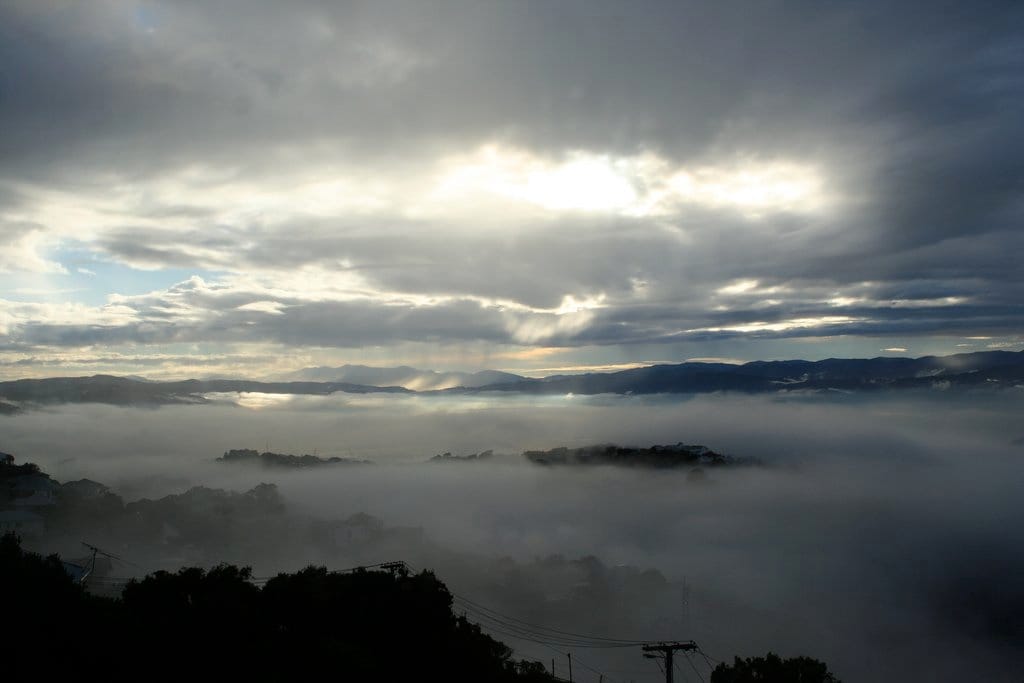 Beneath that fog is the city of Wellington. Living up high brings wind but also views like this.
Beneath that fog is the city of Wellington. Living up high brings wind but also views like this.
We do have an Old World warbler, for starters. Not that there is such a thing as Old World warblers anymore, but if there were we would have one. The Fernbird, now in the family Megaluridae, is everything you’d expect from an Old World Warbler, brown, nondescript, and very skulky. Also very fond of marshes and wetlands, which has caused them to decline as this habitat has been lost. I heard them recently while in Tiritiri Matangi, but haven’t seen one in a long time (they don’t occur around Wellington).
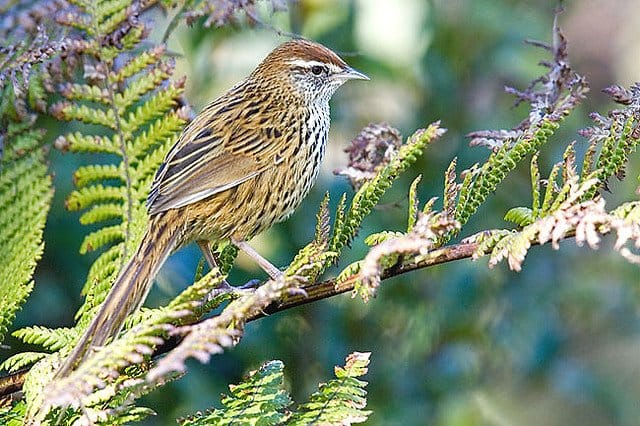 Fernbird (Bowdleria punctata) by 57 Andrew (Creative Commons non-commercial)
Fernbird (Bowdleria punctata) by 57 Andrew (Creative Commons non-commercial)
I say we have an Old Wold Warbler, but we used to have two down here, as the Chatham Fernbird (Bowdleria rufescens) is usually treated as a separate species now, sadly this is one of New Zealand’s many extinct birds. The race found on the tiny Snares Islands (Bowdleria punctata caudata) may also represent a separate species.
The distinctive Snares Fernbird. Dominiqe Filippi (Creative Commons non-commercial)
This isn’t the only warbler in New Zealand, although the most common and widespread warbler is as much a warbler (in the Old World warbler sense of the meaning, which we’ve already established doesn’t exist) as the wood-warbler is a warbler. The Grey Warbler is a representative of the mostly Australian family Acanthizidae. It includes birds like the Pilotbird as well as the scrbwrens, thornbills and gerygones, the latter genus being the one that the Grey Warbler is found in. Described originally as warblers by early settlers, the genus name was applied to the group as a common name by well meaning ornithological types in an effort to differentiate them from real (or unreal) warblers. Such ideas have not really had much of an impact in New Zealand, and the species is still known as a warbler here. Unlike many native birds it thrives and is often heard in cities and in farming areas.
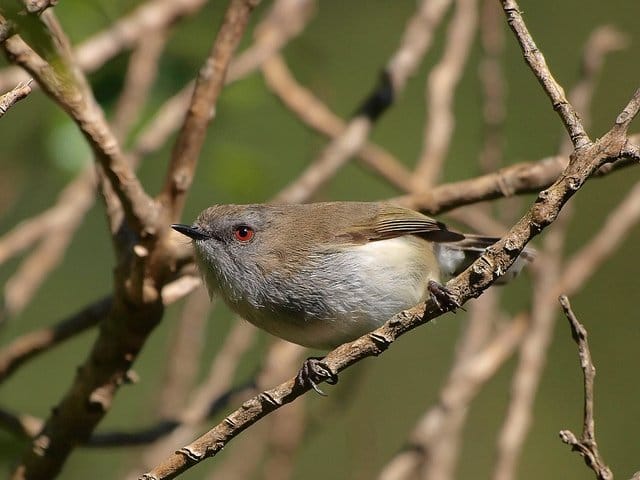 Grey Warbler (Gerygone igata) taken near my home by Digital Trails (Creative Commons Non-commercial)
Grey Warbler (Gerygone igata) taken near my home by Digital Trails (Creative Commons Non-commercial)
As with the Fernbird the grey Warbler is not the only one of its kind in new Zealand, a similar but larger species, the Chatham Warbler, is found on the Chatham Islands, and like the Grey Warbler it is doing well (it even was used to help save the Black Robin). Lovely as all these birds are they aren’t quite the gaudy colours you get with wood-warblers. There is however on New Zealand bird that can compete with the wood-warblers, the Yellowhead (Mohua ochrocephala).
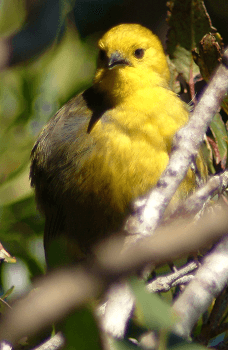 Yellowhead (Thomas Mattern)
Yellowhead (Thomas Mattern)
This South Island endemic is one of three species in the genus Mohua (a name derived from the Maroi name for the Yellowhead). The genus is sometimes placed with the Australian family known as the whistlers (Pachycephalidae) or the Acanthizids mentioned earlier, or who knows where. It may represent a family of their own. Or perhaps, who knows, they represent a long lost lineage of Kiwi wood-warblers. In a world where the Hawaiian O’o’s are actually waxwings it seems anything is possible, although highly unlikely. At any rate this little burst of austral sunshine has one advantage over wood-warblers, it doesn’t migrate. If you’re in right place you can see these guys all year, even in the cold of our winter.

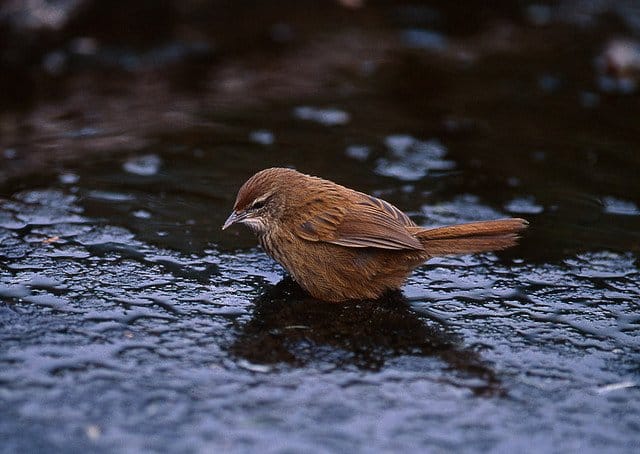










Great photos–sorry winter is coming your way. We seem to be having a wetter and stormier than usual spring in eastern United States.
Duncan, if they split the Snares Island birds (Robin as well?), I’ll swim across from Stewart Island without telling anyone (stopping at codfish for “refreshments”).
Not another inaccessable island endemic!
No, no, no!!
🙂
Great post, and please don’t tell me this is the view from the place where you have your morning coffee each day. Sigh!!
Absolutely not! It’s the view from the place I have my morning tea every morning.
This was an unnecessarily cruel reply. First because a coffe drinker can’t get over the horrors of starting the day with tea and second because I asked you NOT to tell me.
It’ll all be fine though if you publish a paper rejecting the splitting of the Snares Island bird forms…